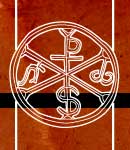
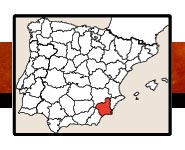

 |
 |
||
 |
|||
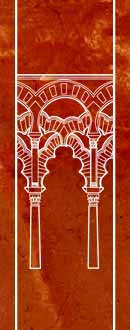 |
(40)/L-P/MURC-Murcia-40.jpg) |
-55/BOOK-cort-40.jpg) |
 |
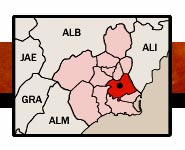 |
||
 |
|||
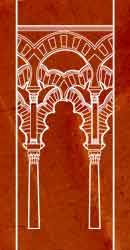 |
ACCESO A MURCIAUBICACIÓNA la ciudad de Murcia puedes acceder por la A-7, que es la autopista del Mediterráneo, o por la A-30 desde el interior de la Península. MURCIA: Por la salida 142 de la A-30 vamos a caer a una glorieta que dista tan solo 150 metros de la catedral, cerca hay aparcamiento público. MONTEAGUDO: Se ubica en la capital, Monteagudo, es una pedanía al NE de Murcia y aunque no hay muchos carteles, la silueta del castillo se ve fácilmente. |
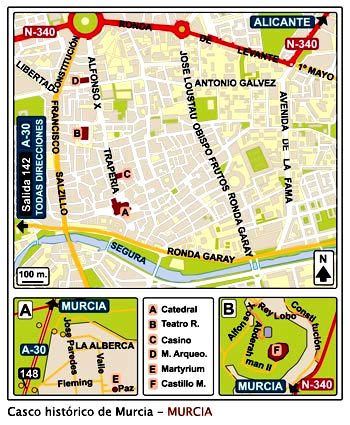 |
ACCESS TO MURCIALOCATIONYou can access to the city of Murcia by the A-7 road, which is the Mediterranean highway, or by the A-30 from the inside of the Iberian Peninsula. MURCIA: By the exit 142 of the A-30 we are going to arrive to a roundabout that is only 150 meters (492 ft) from the cathedral, near there is a public parking. MONTEAGUDO: Located in the capital Monteagudo is a district of the NE of Murcia, although there are not many posters to access the silhouette of the castle seen easily. |
||||
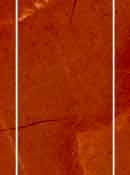 |
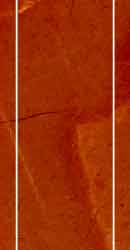 |
El acceso para minusválidos es:
MURCIA: Acceso factible para silla de ruedas a la catedral. El acceso es factible con silla de ruedas, al teatro Romea, pero la circulación interior es más complicada; también es factible a la iglesia de la Merced (escalón pequeño). Con silla de ruedas el acceso no es factible a la iglesia de Santo Domingo (escalones). MONTEAGUDO: No es factible la visita con silla de ruedas. |
Access for handicapped is:
MURCIA: The access is feasible for wheelchairs to the cathedral. With a Wheelchair access is feasible to the Romea theater, but the inside movemente is more difficult; it is also feasible to the church of La Merced and the Arab wall (outside). Wheelchair access is not feasible to the church of Santo Domingo (steps). For the mausoleum of la Alberca the current visit is not feasible. MONTEAGUDO: Is not feasible the visit with wheelchair. |